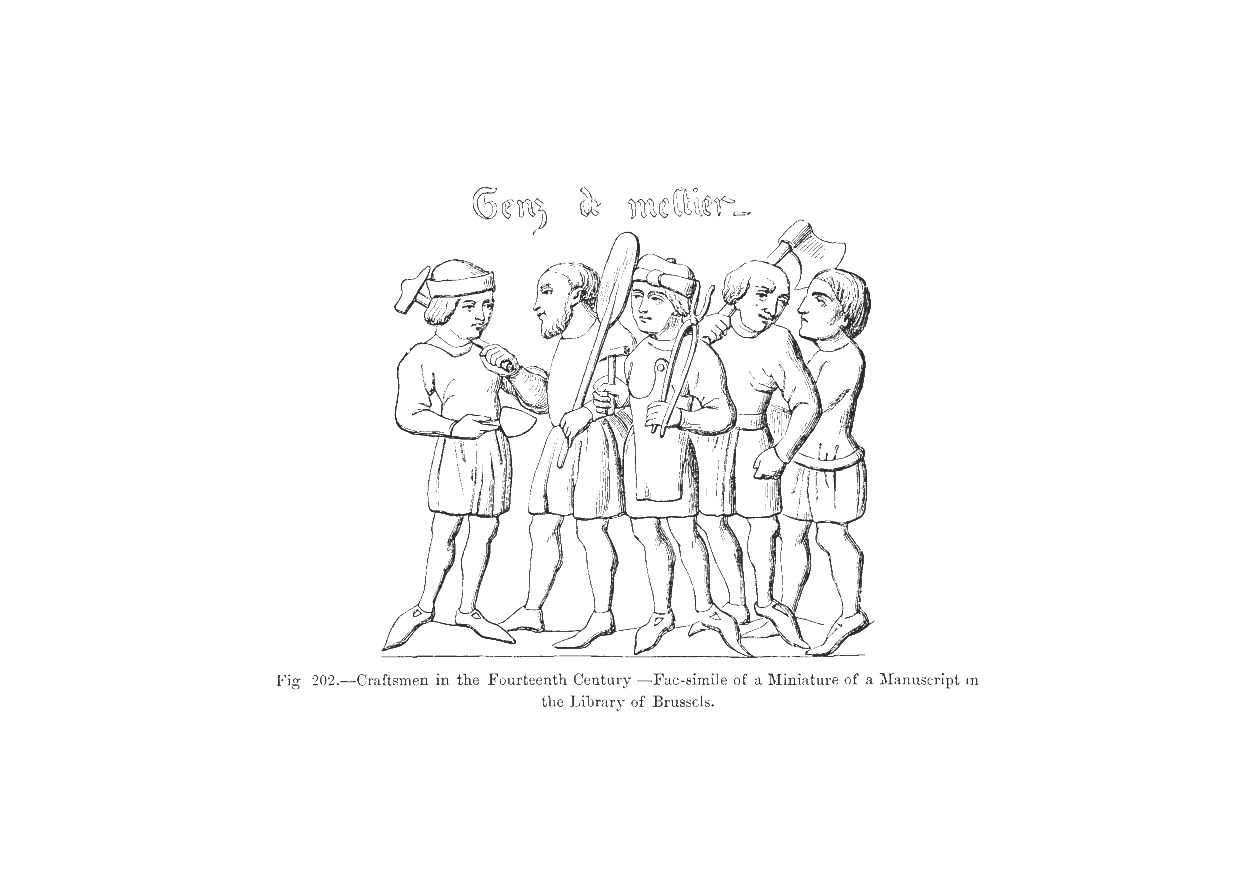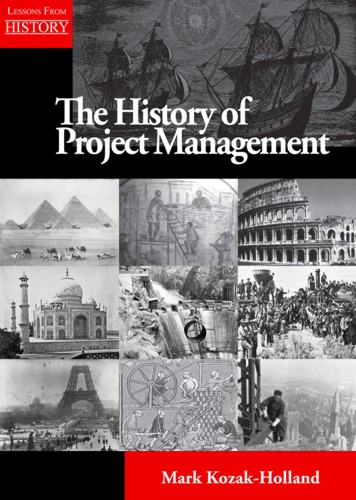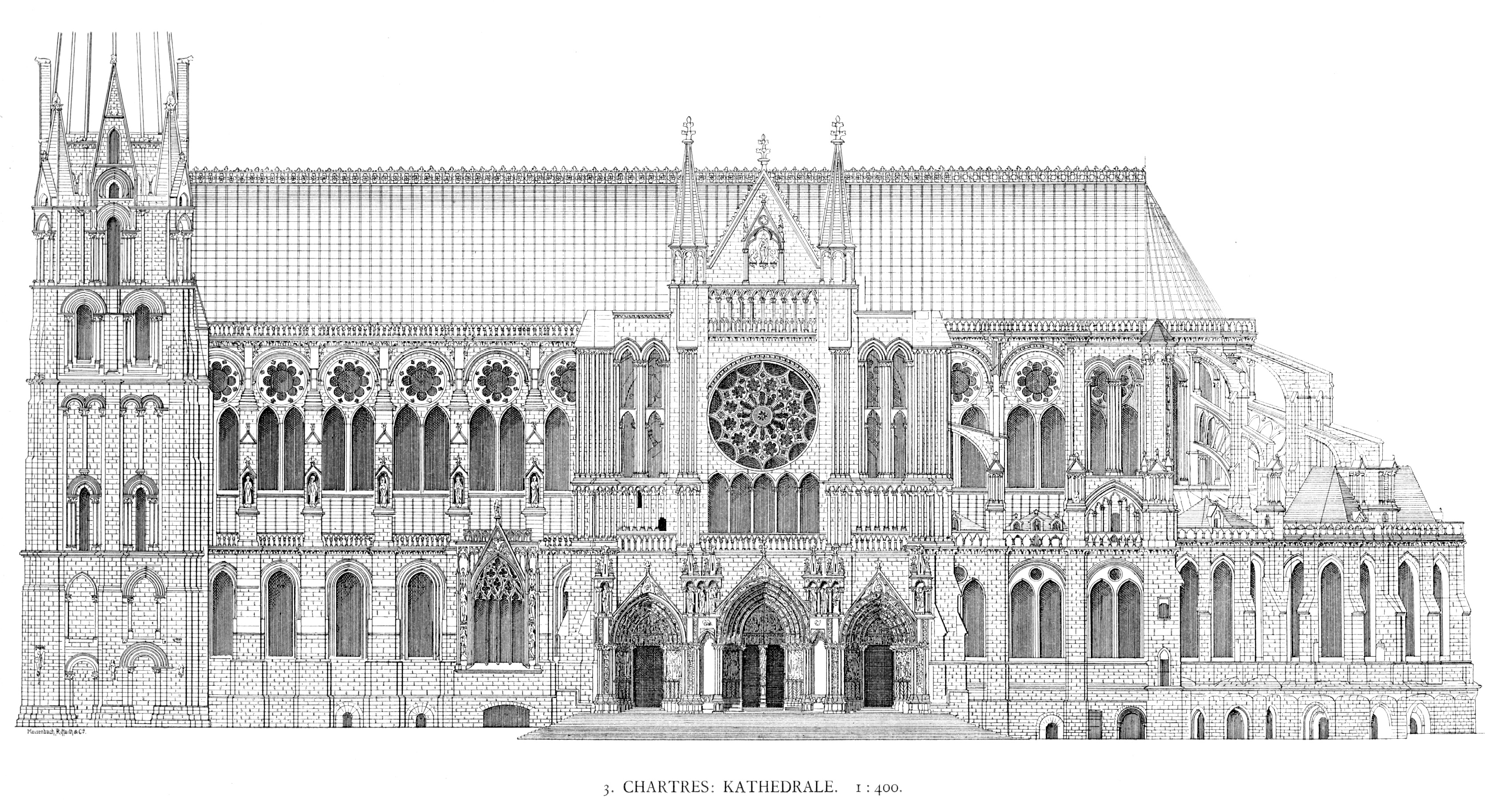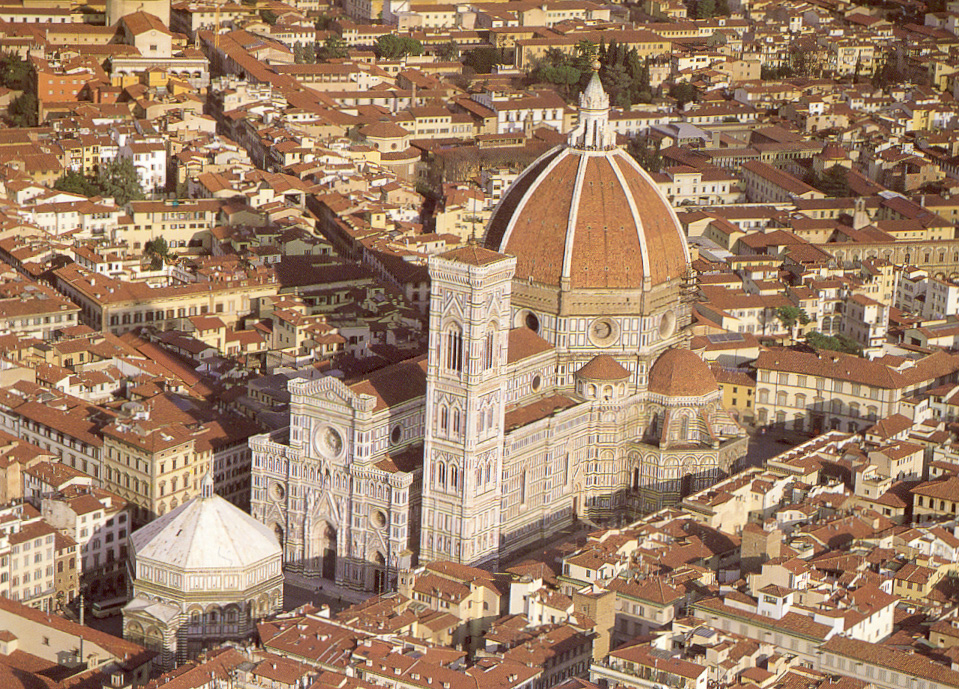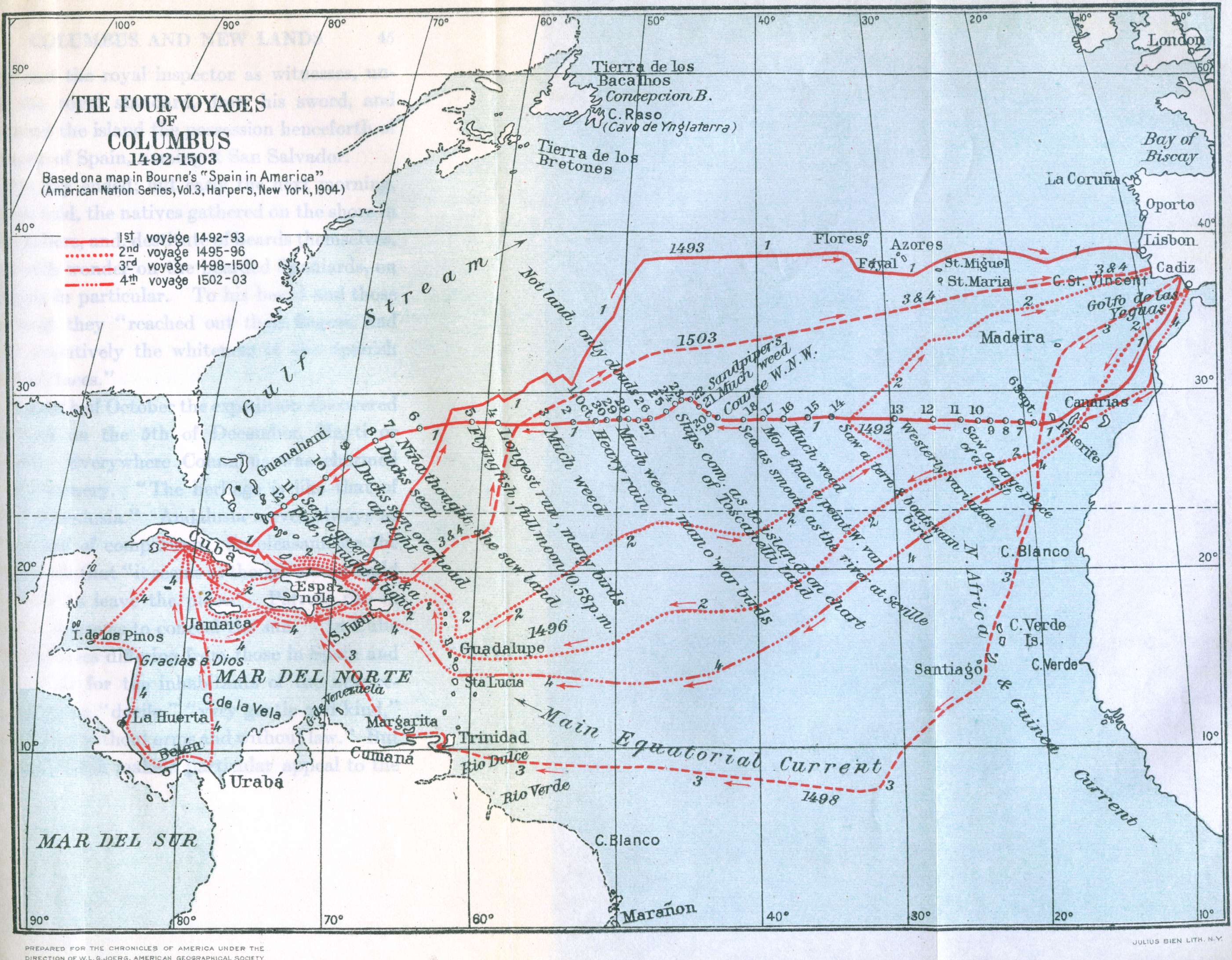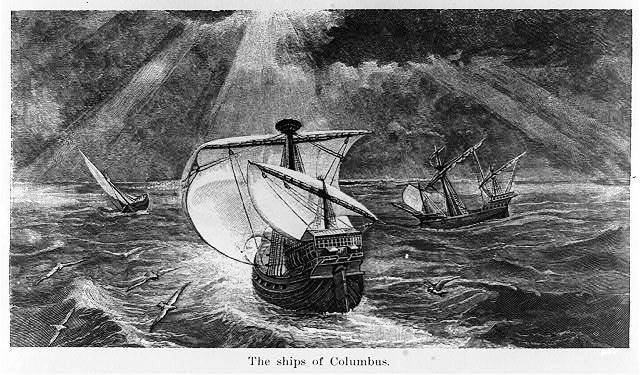Middle Eras
From Chartres to Taj Mahal

In the West there was not much project activity till the 11/12th century and the central medieval period which saw a massive building program of Gothic Castles, initiated by the Norman invasion of Britain. As Europe came out of the Dark ages towns and cities expanded and grew. Cathedrals became central to their economic development, driven by the competition for pilgrims. Through a period of several hundred years these projects strived to out do each other and entered a skyscraper race in creating the ultimate cathedral in splendor and height. In these years in France more stone was excavated than at any time in Ancient Egypt. Project Management was at the forefront. These projects employed a relatively small project workforce over long periods (measured in centuries). This required a clear project charter, stong project governance, committed stakeholders, careful cost control and a well thought out project plan that delivered a series of building campaigns, where a campaign would deliver part of the end-build which would be put to use right away.
 The European Renaissance saw the development of new types of accounting systems and a financial revolution. With this a new banking system evolved in Italian states, and this flourished into a European money economy. This provided projects in the West a source of funding and also better defined cost controls through the new types of accounting. Renaissance architects as exemplified by Brunelleschi, Michangelo and Leonardo brought a fresh approach to projects with the use of perspective drawings and more accurate measures, and this led to the most ambitious of projects since the Roman era. Brunelleschi's Duomo project (Florence Cathedral) was a masterpiece that finally came close to achieving what the Roman's had with the Pantheon, 1000 years earlier. Both of these projects could not be readily replicated in today's world.
The European Renaissance saw the development of new types of accounting systems and a financial revolution. With this a new banking system evolved in Italian states, and this flourished into a European money economy. This provided projects in the West a source of funding and also better defined cost controls through the new types of accounting. Renaissance architects as exemplified by Brunelleschi, Michangelo and Leonardo brought a fresh approach to projects with the use of perspective drawings and more accurate measures, and this led to the most ambitious of projects since the Roman era. Brunelleschi's Duomo project (Florence Cathedral) was a masterpiece that finally came close to achieving what the Roman's had with the Pantheon, 1000 years earlier. Both of these projects could not be readily replicated in today's world.
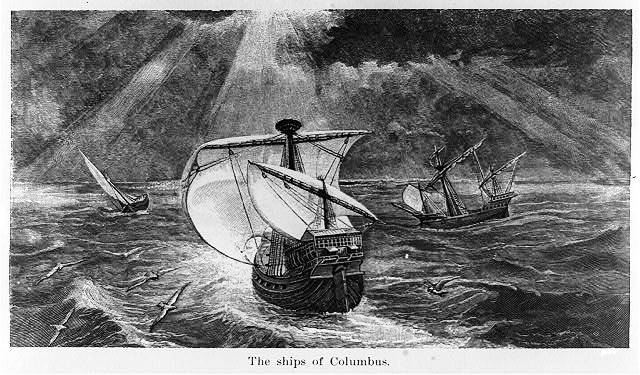 The fall of Constantinople cut off Europe from the trade routes to the middle and far East. This was a catalyst for the great European Voyages of Exploration of the 15th century across oceans and the world in search of alternative trading routes. It was accelarated with advances brought about by grids/maps, astrolabe, compass, lateen sail, and improvements in ship building (Caravel). Many of these new technologies were from the East. The Renaissance continues and with its impact on arts and architecture is catalyst for projects to flourish.
The fall of Constantinople cut off Europe from the trade routes to the middle and far East. This was a catalyst for the great European Voyages of Exploration of the 15th century across oceans and the world in search of alternative trading routes. It was accelarated with advances brought about by grids/maps, astrolabe, compass, lateen sail, and improvements in ship building (Caravel). Many of these new technologies were from the East. The Renaissance continues and with its impact on arts and architecture is catalyst for projects to flourish.
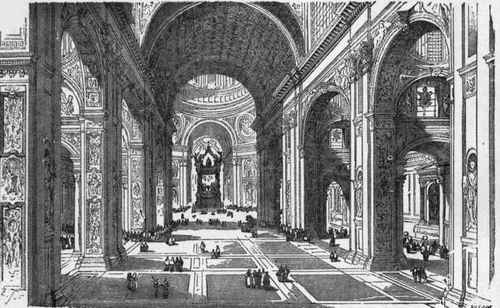 The century saw ever riskier and greater European Voyages of Exploration. Although these were very high risk they had a great return for the investors, and acted as catalysts for explorations to the far corners of the earth, and European expansionism around the world. For example, only one of five ships returned from Magellan's fleet. It was packed with cloves and this covered the costs of the whole of expedition. The latter part of the century saw the First Scientific Revolution (spawned by the Renaissance) that provided important scientific discoveries and inventions, and made a significant impact on Western society.
The century saw ever riskier and greater European Voyages of Exploration. Although these were very high risk they had a great return for the investors, and acted as catalysts for explorations to the far corners of the earth, and European expansionism around the world. For example, only one of five ships returned from Magellan's fleet. It was packed with cloves and this covered the costs of the whole of expedition. The latter part of the century saw the First Scientific Revolution (spawned by the Renaissance) that provided important scientific discoveries and inventions, and made a significant impact on Western society.
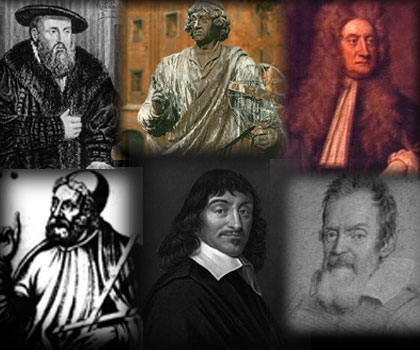 The momentum of the First Scientific Revolution saw great developments in Mathematics and Physics which had an impact on Project Management as it moved from a purely non-empirical approach to one based on scientific and mathematical calculation that predicted potential empirical outcomes. The forces in a strucure could now be calculated vastly improving estimates for materials required. The completion of the scientific revolution is attributed to the "grand synthesis" of Isaac Newton's 1687 Principia, that formulated the laws of motion and universal gravitation. The Scientific Revolution led to the start of the Modern Age of Engineering, which in turn led to the First Industrial Revolution and the monumentous changes brought about it.
The momentum of the First Scientific Revolution saw great developments in Mathematics and Physics which had an impact on Project Management as it moved from a purely non-empirical approach to one based on scientific and mathematical calculation that predicted potential empirical outcomes. The forces in a strucure could now be calculated vastly improving estimates for materials required. The completion of the scientific revolution is attributed to the "grand synthesis" of Isaac Newton's 1687 Principia, that formulated the laws of motion and universal gravitation. The Scientific Revolution led to the start of the Modern Age of Engineering, which in turn led to the First Industrial Revolution and the monumentous changes brought about it.

